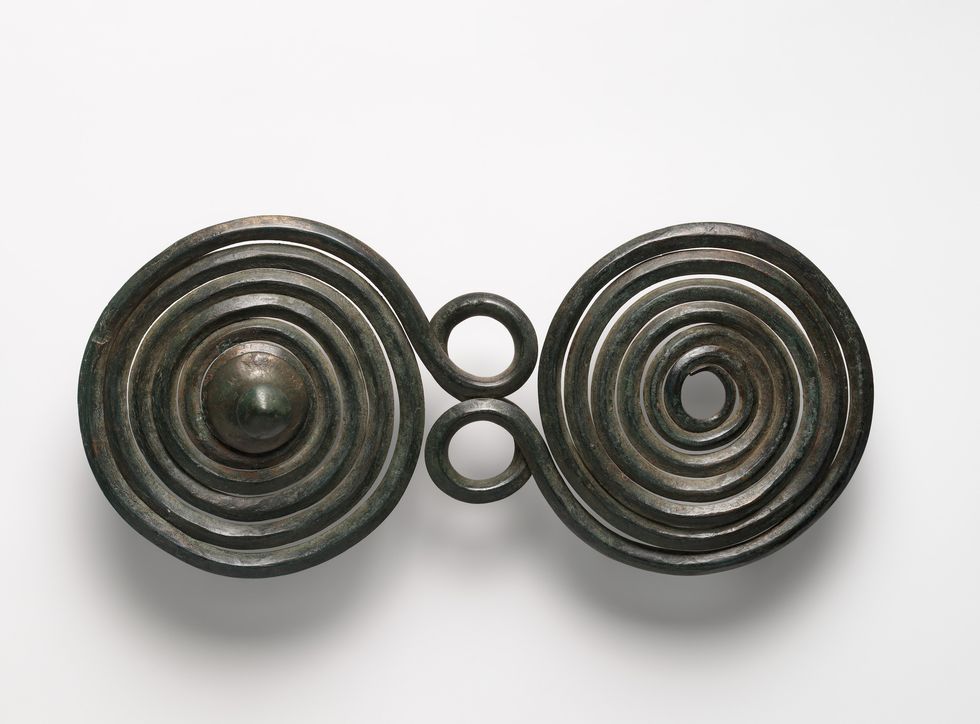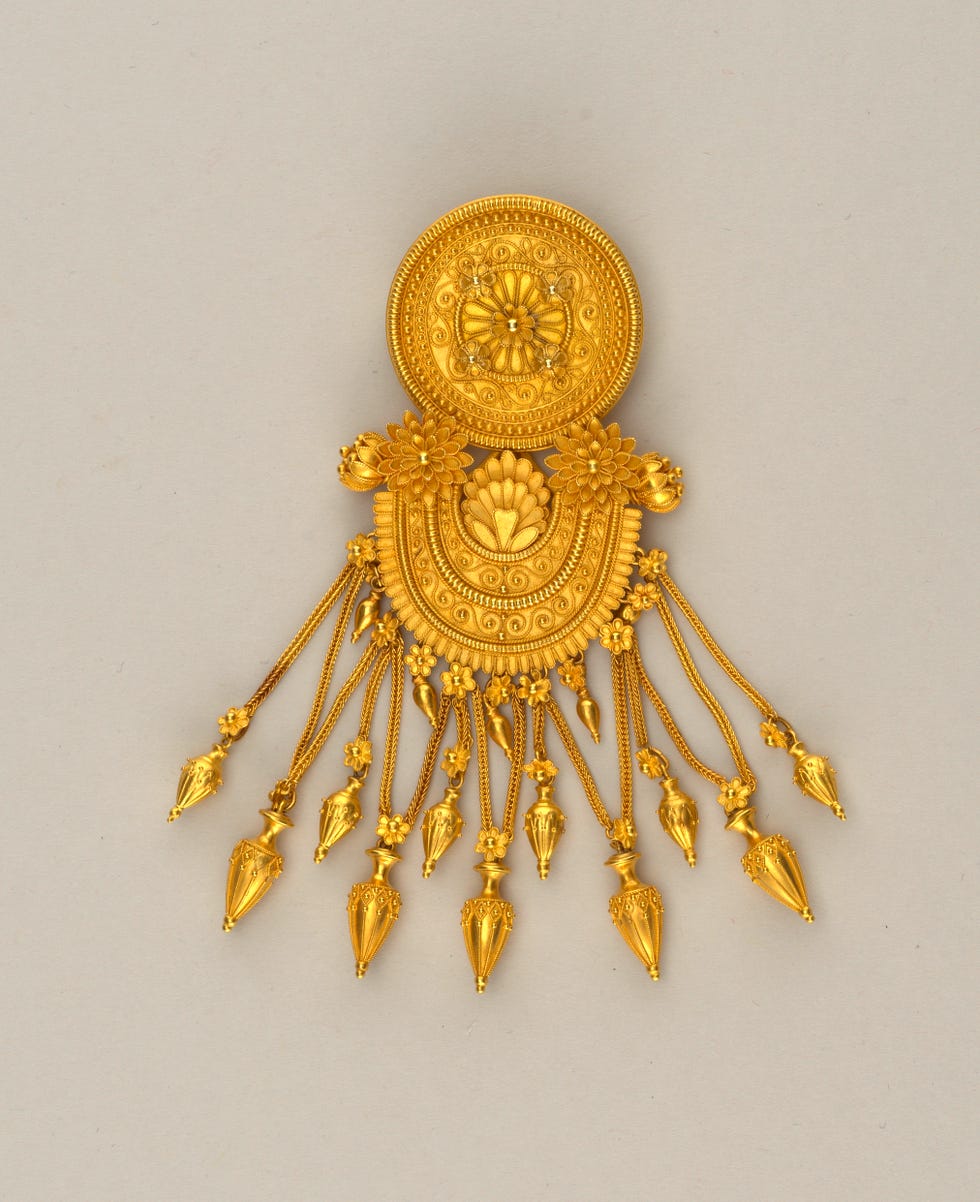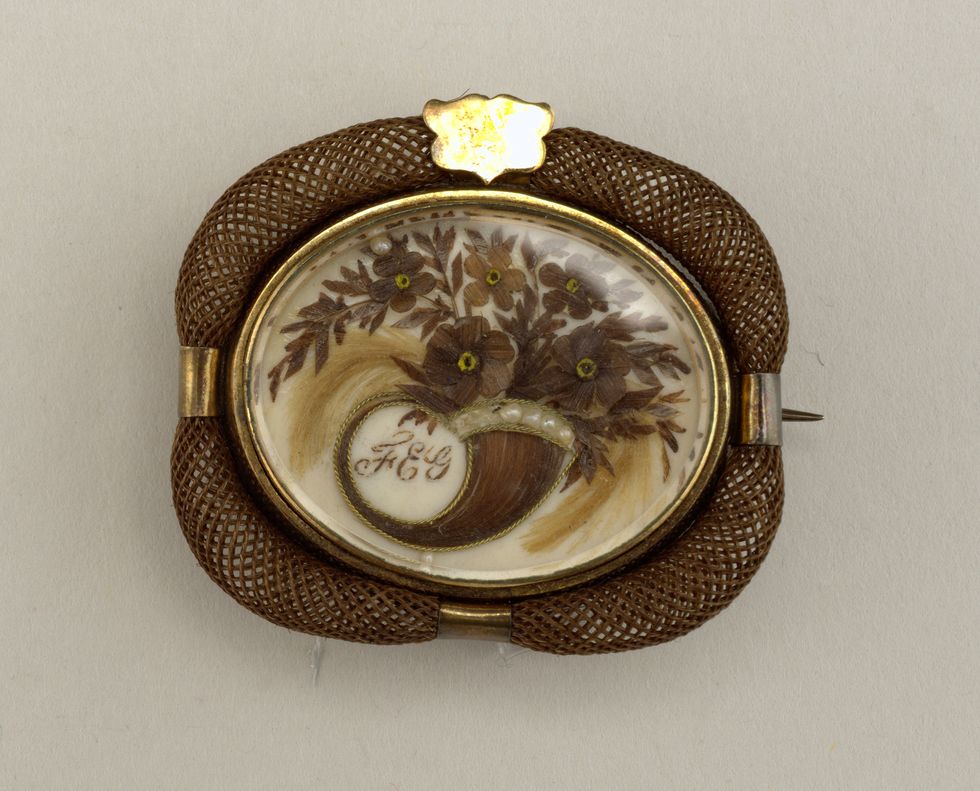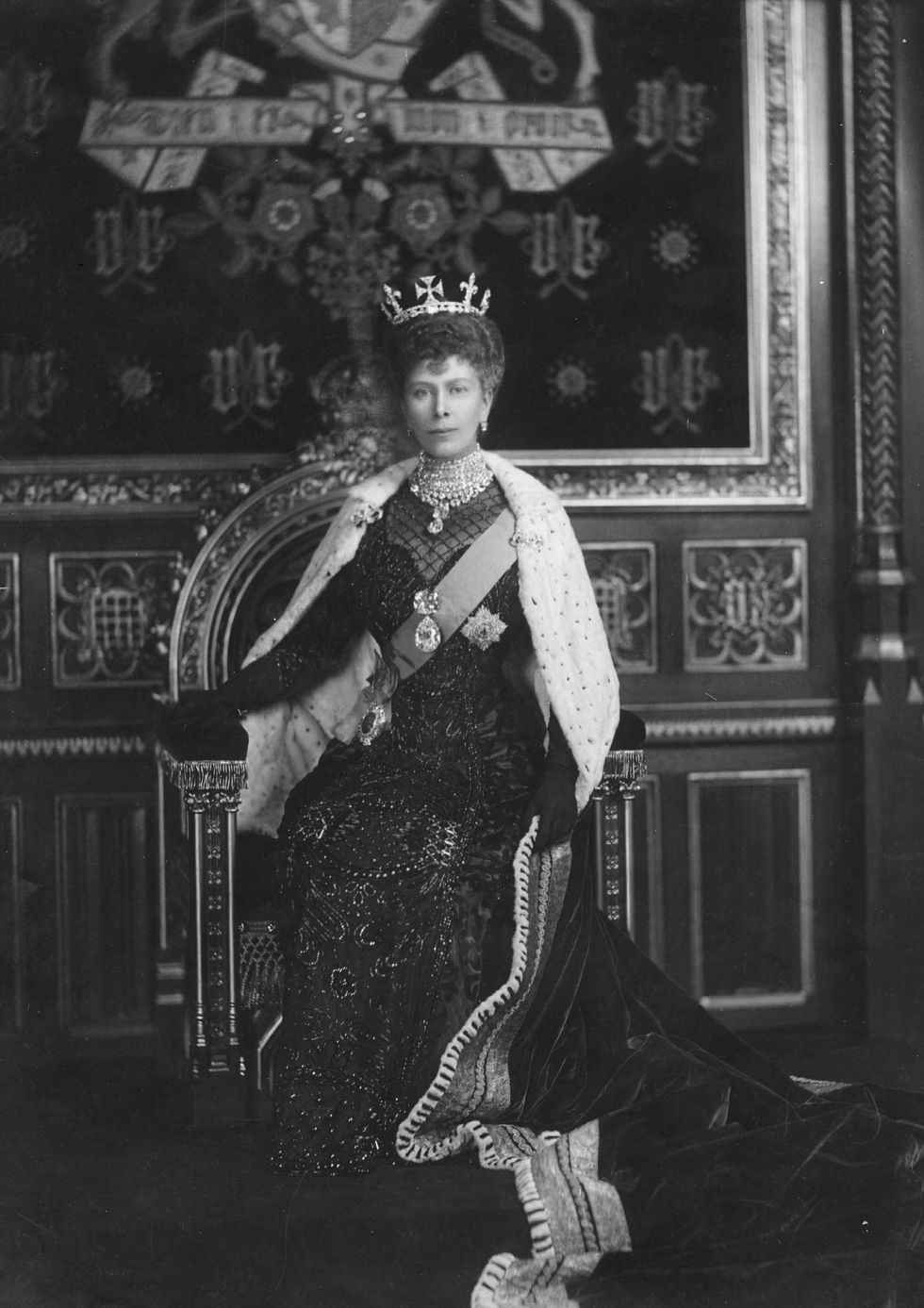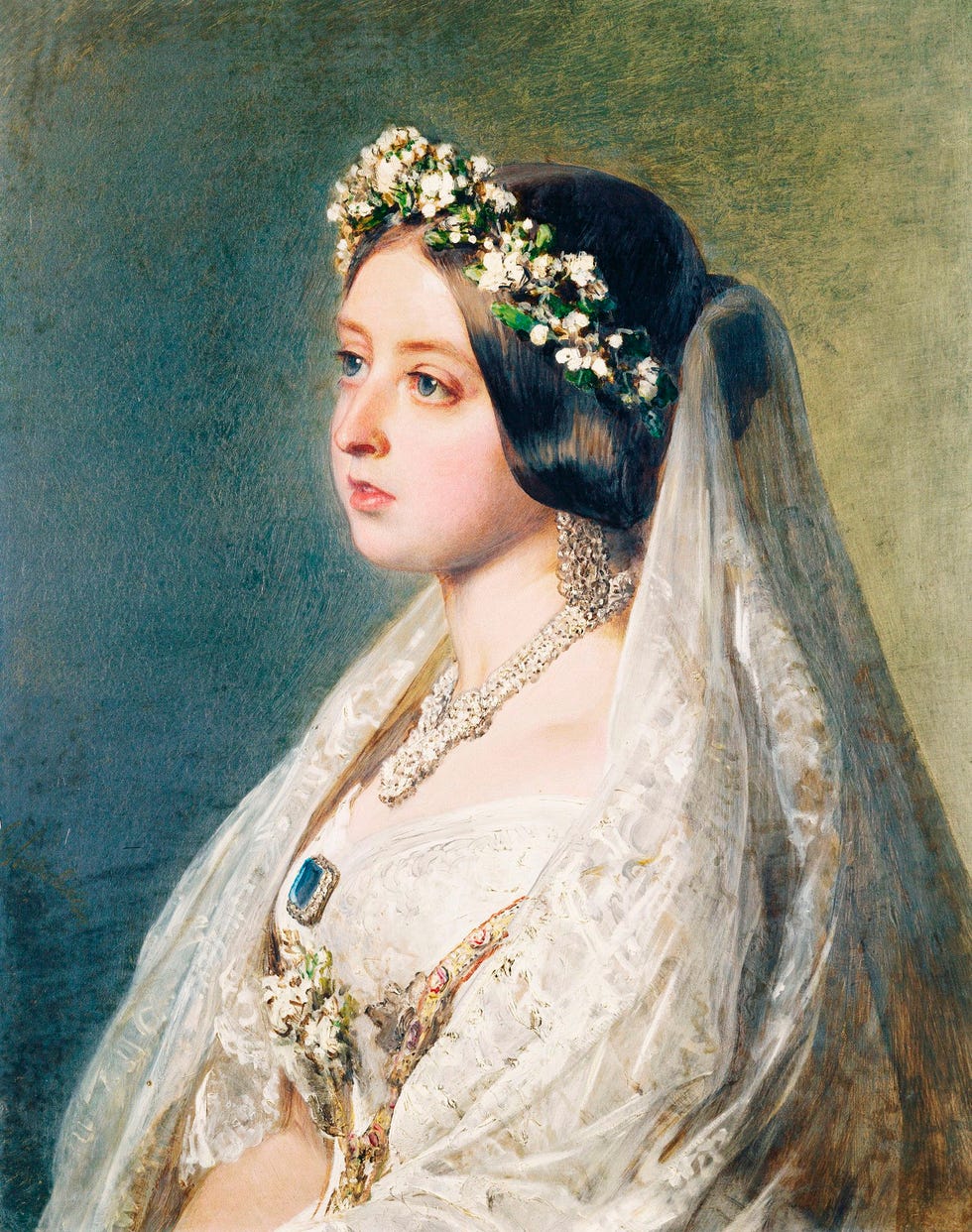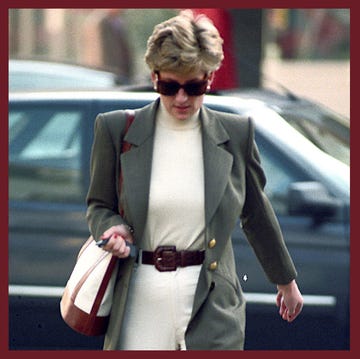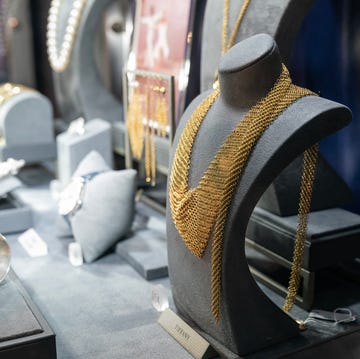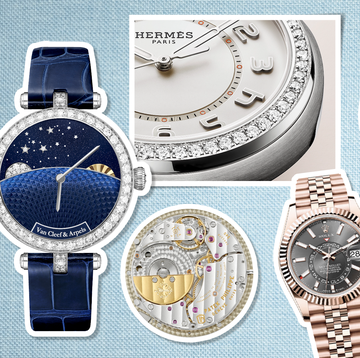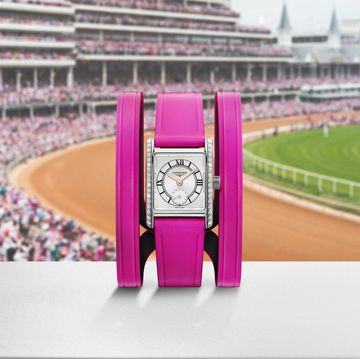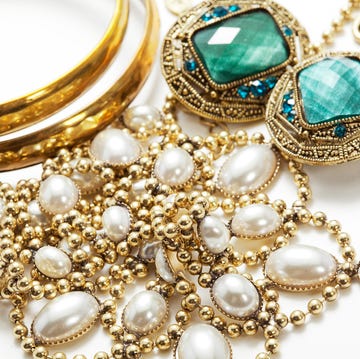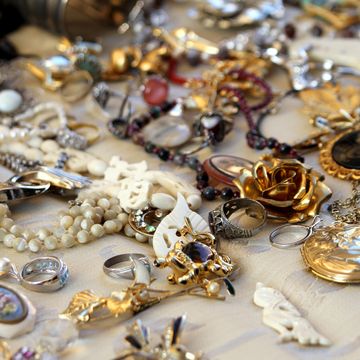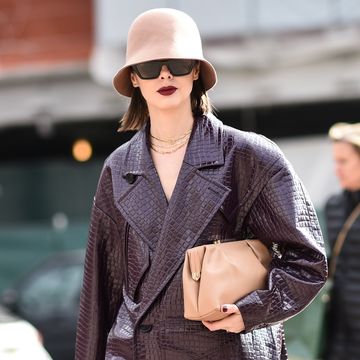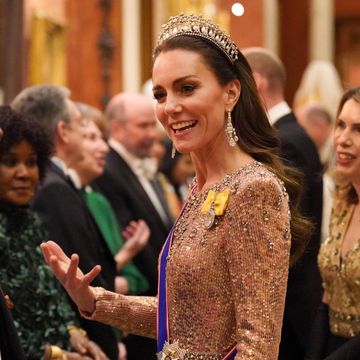It was the talk of the Paris Universal Exhibition in 1900. A single brooch combining the female figure with that of an insect had the Parisian elite reeling, and they flooded René Lalique’s booth within the Jewellers’ Pavilion. Its open wings, made of fine opaline enamel and decorated with diamonds and moonstones, captivated viewers, while its griffin’s claws and chrysoprase female emerging from the mouth of a dragonfly left them speechless. Never had anyone seen jewelry so enchanting yet polarizing.
His presentation of the dragonfly-woman brooch and other hybrid designs at the Universal Exhibition has often been considered the crowning moment of René Lalique's career and what propelled him to the status of a master jeweler—though Lalique wasn't the first decorator or jewelry aficionado to use the brooches as a way to express his creative visions or ideals.
“These expressive pieces of personal ornamentation have been used for centuries to communicate all sorts of ideas about everything from personal preferences and social status to broader political and social and cultural ideas,” says Cynthia Trope, associate curator of product design and decorative arts at Cooper Hewitt, Smithsonian Design Museum.
The beginnings of the brooch can be traced back to the Bronze Age, where early iterations took form in simple pins with circular rings. The unassuming ornaments were often used to secure and fasten cloaks and other garments during the winter. Trope is quick to note that as craftsmen sharpened their skills and iron became a more readily available material, brooches began to take on more elaborate forms with spiraling details and a disk-like appearance.
"With brooches created in the Iron Age, you'd still have that sense of function, but you'd also have a very ornamental sense," explains Trope. "They were very bold pieces integrating abstract, geometric forms with slight references to the natural world."
Naturalistic shapes and motifs further evolved during the Anglo-Saxon period, where colorful pins made with embedded pieces of enamel took the shape of birds, branches, and even leaves. However, it wasn't until the Renaissance that the brooch was fully established as a bold, decorative accessory worn by the likes of the day's fashionistas and aristocrats. Crafted in an era of exploration and creativity, these sumptuous displays of decoration often featured newly discovered gemstones like emeralds, diamonds, and rubies, and signified that the wearer belonged to the upper class.
As brooches became more widely available to the masses, the variety of pins and pendants began to grow as well. Fortunato Pio Castellani, a Roman jeweler and goldsmith, rose to popularity in the 19th century for pioneering the Greek and Etruscan classical revival in jewelry. Castellani would often riff off the disk-like shapes seen during the Etruscan era and created fanciful gold brooches built to make a fashionable statement.
During the Victorian era, pins began taking on deeper societal and personal meanings. After Queen Victoria's husband, Prince Albert, died in 1861, the royal began wearing darker pieces of jewelry to reflect her mourning, giving rise to the mourning brooch. "The idea of mourning jewelry, which gave a person that physical connection to a loved one passed away, was an act of social commentary," says Trope.
Mourning brooches were typically made with black enamel and pearls and often included a piece of the deceased's hair within the design. The hair could be encased within the brooch and woven into different shapes or used to create an outer detail on the piece.
It wasn't all gloom for the Victorians, though: Lavish styles depicting flowers, insects, and leaves ascended to the height of fashion during the late 19th-century. The aigrette style of brooch was favored by society for its timeless, feather-like shape, which flawlessly displayed flat-cut diamonds and garnets. Whereas in France, the en tremblant made waves, as it featured an innovative trembler, which made certain pieces of a brooch move ever so slightly to catch the light.
These styles continued into the 20th century as men and women began wearing the pieces in new fashions. Brooches were no longer seen for only decorating one's shoulder or hair, and people began pinning them to the straps of gowns, necklines of dresses, and collars. Known for her love of extravagant jewels, Queen Mary commissioned Carrington and Co. in 1911 to make a platinum brooch setting for the Cullinan III and IV diamonds pinned to the end of her neckline.
Production for these extraordinary pieces came to halt during World War II due to limited materials. Instead, women, specifically in the United States, gravitated toward dainty pins in the shape of the country or a simple "V" for victory to show their patriotism and make a subtle yet clear political statement.
Quickly following the end of WWII, famed jewelry houses such as Van Cleef & Arpels, David Webb, and Verdura resumed production on the showstopping pieces and introduced new motifs never seen before. A prime example is Van Cleef & Arpels's iconic ballerina clips, which were inspired by Louis Arpels's passion for the ballet and opera. Debuted in 1941 in New York City, the whimsical brooch features rose-cut diamond as the ballerina’s face with precious stones making up the piece's costume.
While still adored by royalty and the Hollywood elite, brooches have since fallen in and out of fashion for the past 50 years. Recently, though, the brooch has experienced a sort of renaissance—particularly in the era of Zoom, as the opportunity for making fashion statements has become limited to the dimensions of our computer screens. Daring iterations hitting the market today continue to prove the brooch's bold statement is here to stay.
"Champions of the Brooch" was written by Tracey Minkin, for the January/February 2021 issue of VERANDA.
Sarah DiMarco (she/her) is the associate editor at VERANDA, covering all things design, architecture, art, gardens, jewelry, travel, wine and spirits. She also manages social media for the brand.


